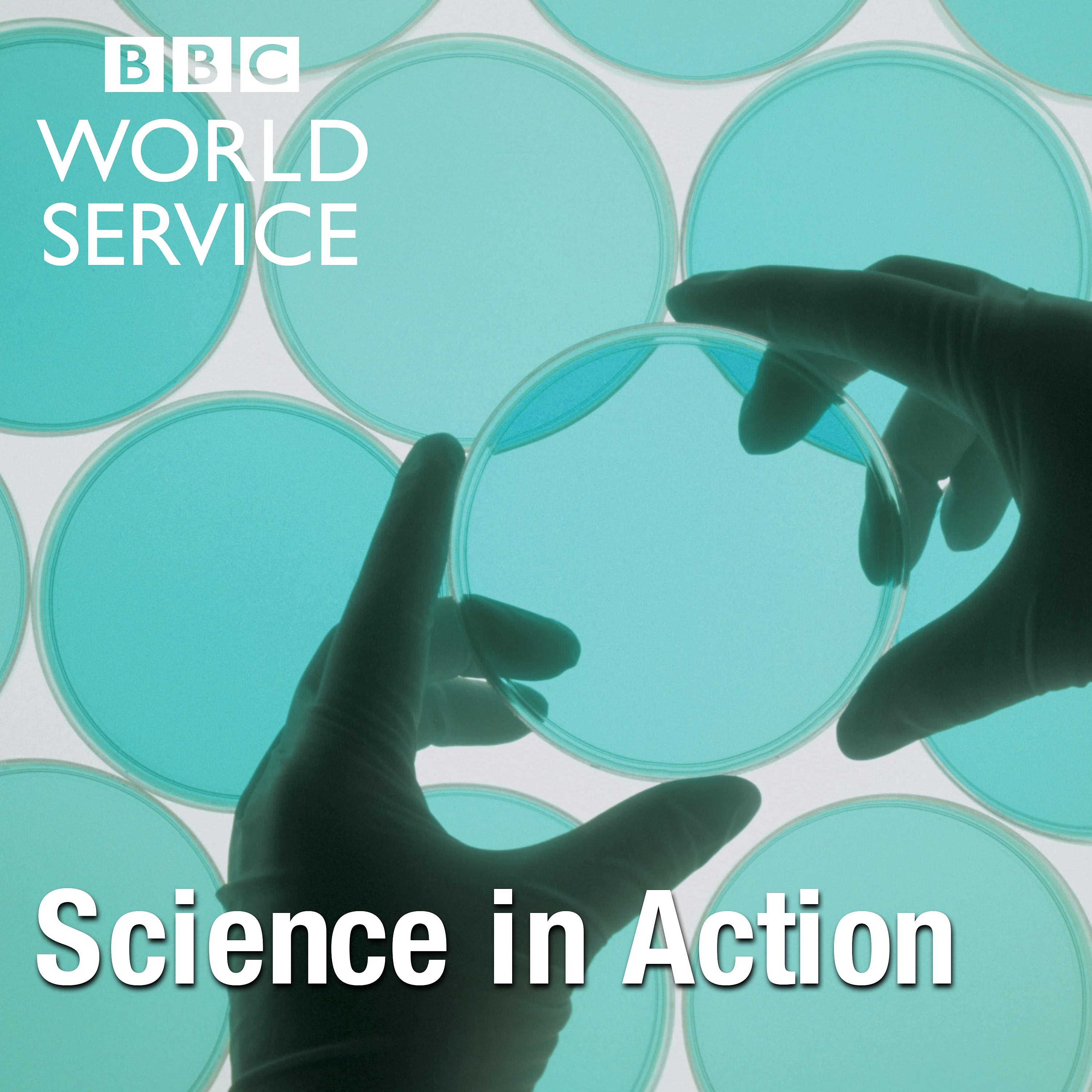
Science In Action
Dec 12, 2024
Heatwaves in the pacific ocean have had a devastating effect on seabird populations in the north eastern US. Julia Parrish and colleagues publish this week 4 million deaths of Alaskan common murres attributable to rising water temperatures during 2014-16, representing half the population. One idea is that the fish on which the birds feed swim at deeper depths to find cooler temperatures, taking them below the depth the birds can dive. Worse, the reduced population numbers have endured almost ten years later.
Pre-eclampsia affects up to 5 percent of pregnancies across the world. It reduces blood flow through the placenta, endangering mother, and even hindering the development of the foetus. But a promising approach to a possible therapy is described by Kelsey Swingle and colleagues this week. Much like some covid vaccines, by using a sort of lipid nanoparticles to deliver mRNA directly to the placenta in pregnant mice has resulted in healthier outcomes by widening the placental capillaries, allowing blood to flow more normally.
Angie Rasmussen updates Roland on some of the work reported at a conference in Japan this week, pointing more directly to the covid-19 pandemic originating from wild animals at the Wuhan market.
And in two coordinated papers published in the journals Science and Nature this week, scientists have narrowed down the period of time in history that modern humans and neanderthals interbred, leading to nearly everyone outside of sub-Saharan Africa sharing up to 2% of European Neanderthal DNA today. The question remains as to whether it was a benefit or not to the resulting hybrid population. Co-author Manjusha Chintalapati and colleagues describe how not all the neanderthal crossovers went on to survive pre-history to count as our direct ancestors. But one period of time, around 47,000 years ago is stamped on (nearly) all of us.
Presenter: Roland Pease Producer: Alex Mansfield Production Coordinator: Jana Bennett-Holesworth and Josie Hardy
(Image: Group of common murres on a breeding colony in Alaska. Credit: Sarah Schoen/USGS)

